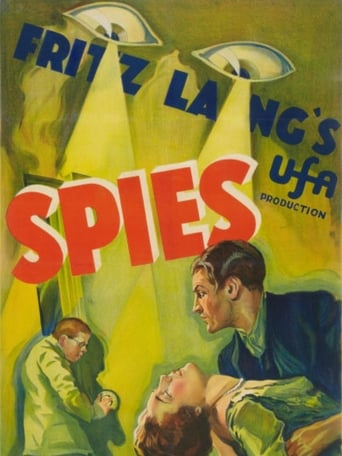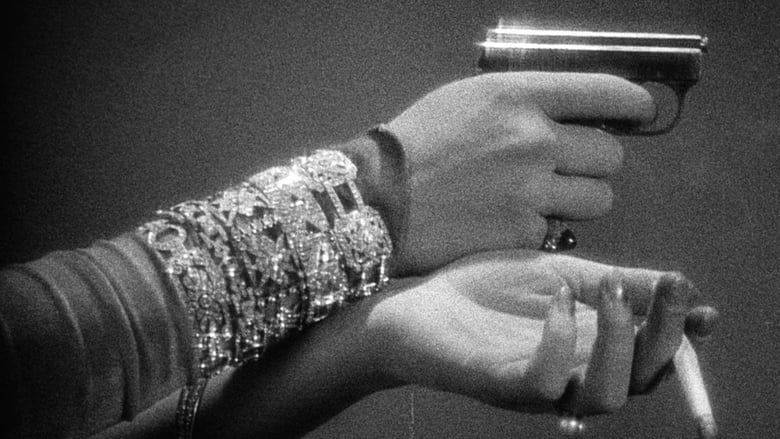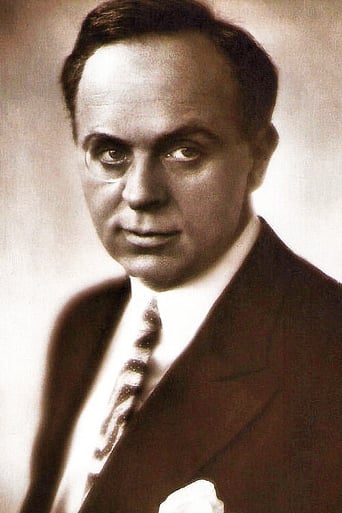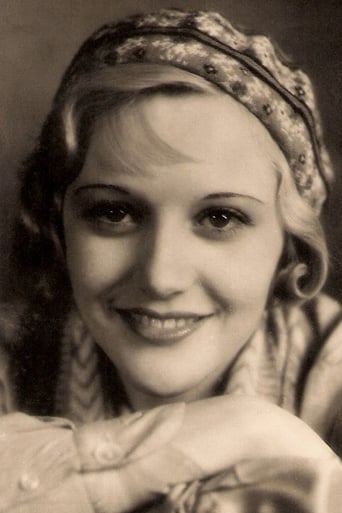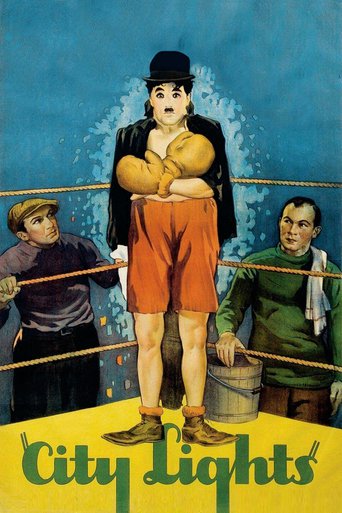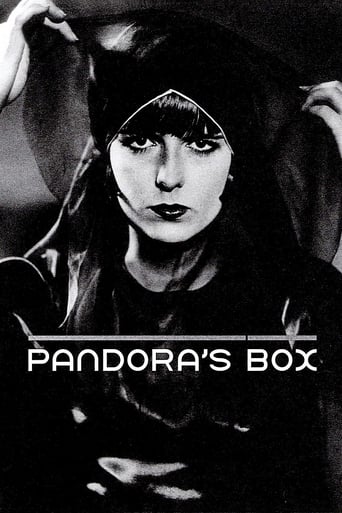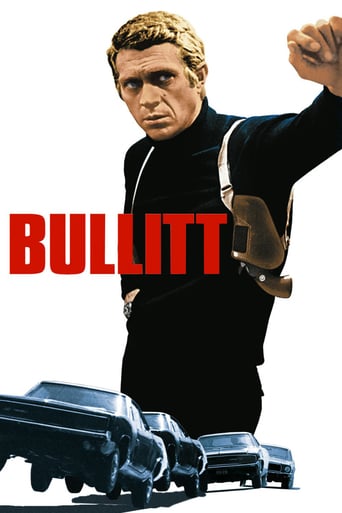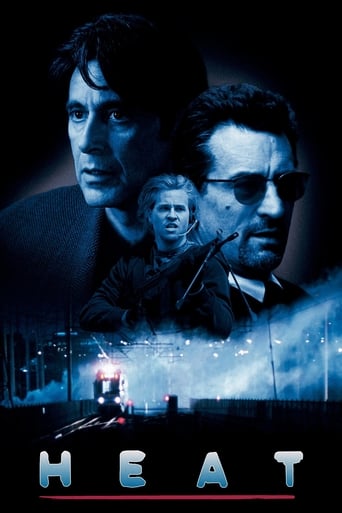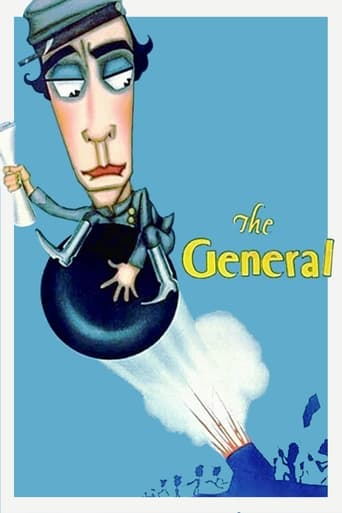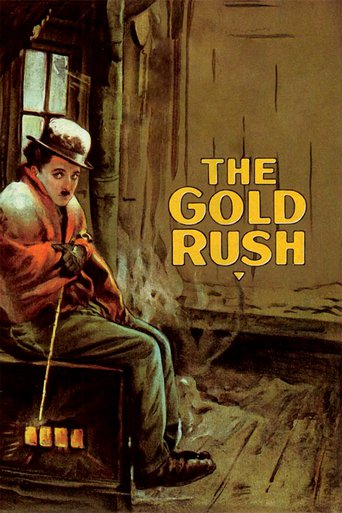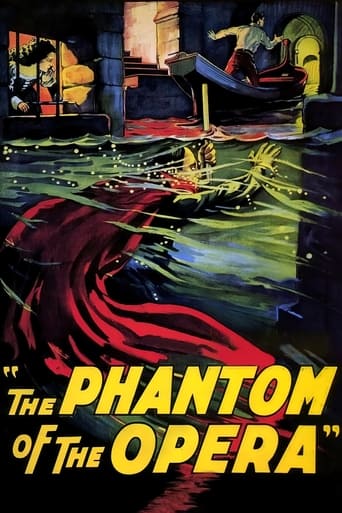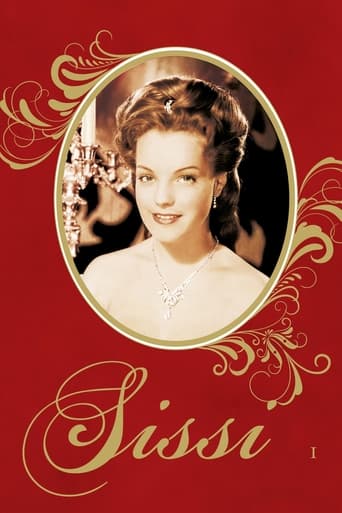Spies (1928)
The mastermind behind a ubiquitous spy operation learns of a dangerous romance between a Russian lady in his employ and a dashing agent from the government's secret service.
Watch Trailer
Cast


Similar titles
Reviews
I like the storyline of this show,it attract me so much
Simply Perfect
Save your money for something good and enjoyable
While it doesn't offer any answers, it both thrills and makes you think.
Fritz Lang is one of my favorite directors and ''Metropolis'' is my favorite film. I love ''Woman in the Moon'', ''M'', and ''The Testament of Dr. Mabuse''. ''Spies'', sadly, is incredibly average. Don't get me wrong, this film has great moments. The opening is thrilling. The train scene is suspenseful. And the last 10 minutes are really good. Everything in between is uninteresting and drawn out. I got bored a lot (this is coming from somebody who loves 2001: A Space Odyssey) and found myself looking at the time displeased. I usually despise when studios cut films (Metropolis), but Paramount was smart in cutting this from 130 minutes to 90 minutes. I got the pleasure of seeing an original Paramount copy at the Denver Silent Film Festival and found myself enjoying Spies much more. In conclusion, ''Spies'' has some standout sequences, but is a major step down from ''Metropolis''
Fritz Lang's attention to detail, lighting, and pacing build the tension steadily throughout this fine film. The use of innovative techniques such as moving cameras in a car chase, special effects in the famous train wreck scene, and terrific sets with wonderful art deco and expressionist touches make this visually stunning. The careful viewer will see film techniques, visual forms, and story telling techniques that are reflected in later films from Alfred Hitchcock to the James Bond series. Rudolph Klein-Rogge is a master as the evil mastermind Haghi, and the ending is thrilling and full of surprises. If you've never seen a silent film, if you never thought you could enjoy early cinema, Fritz Lang's "Spies" will change your mind forever.
Fritz Lang is not a writer or director prone to following narrative conventions too closely. While that is admirable artistically, it can make his films relatively difficult viewing and risky. It's difficult because you can't expect Lang's films to have stories that unfold in a traditional way, so as a viewer, you have to work harder, and it's risky because the experimental nature doesn't always result in a successful finished artwork. Metropolis (1927) and Fury (1936) are two examples of Lang films with unusual approaches that work extremely well. M (1931) is an example of one that isn't quite so successful in my opinion, even though many people seem to love it. Spies is somewhere in the middle.Like M, Spies begins with more of a thematic collage. We're immediately dropped into a fast-paced, fast-cut sequence of spies stealing important documents and killing others when expedient. We also see news of this quickly filtering through both the spy world and the official media organizations. The sequence is impressive technically, but most viewers will be searching for the characters to latch onto. Also like M, Lang doesn't let viewers off that easily. He constantly introduces new characters for at least the first 40 minutes (of the 90-minute U.S. version). A number of the characters look similar, and most do not have much accompanying exposition to help viewers ground them. Making it more difficult, inter titles (this is a silent film) where characters' names are first presented often appear between two scenes with different characters, so that it's difficult to figure out which character the inter title is supposed to apply to.Additionally, the story is complex enough and hinges on small details to an extent where it can be difficult to follow on a first viewing. I had to watch the film twice to feel confident that I had a grasp on the plot. By the end of the first viewing, you know who the principle characters are, so on the second viewing you can focus more on them rather than the countless ancillary characters who keep appearing and disappearing.It might be difficult to count this as a flaw. There's no reason that films should be 100% accessible on a first viewing, and in fact, if you're someone who likes to watch a film more than once, a gradual unfolding on repeated exposures can be more desirable. But it's best to be forewarned. Expect to be confused unless you keep a scorecard, so to speak, and keep hitting pause.However, once you've sorted the film out, the basic gist turns out to be fairly simple and straightforward. An anti-government (the exact government isn't specified--it's rather left intentionally vague, except that we know it's somewhere in Europe) spy organization, headed by a man named Haghi (Rudolf Klein-Rogge), is after some important treaty. There are three copies of it, and Haghi is trying to intercept them all. Haghi's principle foe is the government's Secret Service Agency, which ends up putting a James Bond-like agent named 326, or Donald Tremaine (Willy Fritsch), on the case. Haghi sends his agent Sonia (Gerda Maurus) to gain information, and hopefully the treaty, from Tremaine. He also enlists the help of a convict whom he helped bust out of death row, Hans Morrier (Louis Ralph). Complications arise when Sonia and Donald fall in love. Haghi tries to get at another Secret Service affiliate, Doctor Masimoto (Lupu Pick) through another attractive female spy, Kitty (Lien Deyers). There is a lot of double crossing, and there are a lot of spy versus spy machinations. The film focuses on these and the difficult romance, as Haghi does the typical megalomaniacal "evil genius" thing of trying to take over the world (although just how he plans to do this with a treaty and his odd combination of public vocations remains a mystery).Lang is often thought of as a heavily visual director. In conjunction with infamous cinematographer Fritz Arno Wagner, who lensed such masterpieces as F. W. Murnau's Nosferatu (1922), Lang doesn't disappoint on that end. There are a number of conspicuously "arty" shots, such as a complex of staircases in Haghi's bank, Cabinet of Dr. Caligari (1920)-like rooftops, or the marvelously fantastical imagery of the final clown performance (you have to see the film to understand why there's a clown in it), but Lang and Wagner are just as good with more subtle compositions.But there are flaws, too. Even viewing the film a couple times, the overly complex details of the plot can be hard to follow and many are left as dangling threads. The overall gist of the plot is good, and Spies certainly has influenced subsequent films in the genre, but there are script problems here.Although Lang is good at creating suspense when he wants to (for most of M, he didn't seem interested in it), and he does do effectively quite a few times here, he still directs and edits action scenes a bit awkwardly. Also, the U.S. 90-minute version is satisfactorily paced, which helps the suspense, but it is also obviously sped up. The film was shot at 16 frames per minute and IMDb lists the "original" version at almost twice as long. If Spies were slowed down to run close to 3 hours, the pacing would be off. The plot would unfold too slowly.For me, this is a middling silent film, as well as a middling Lang film, thus earning my 7 rating, or a "C", but worth watching for serious fans of thrillers, crime and espionage flicks. As always, Lang is a good "ideas" man, and this film can make you feel as if the whole world must consist of spies, or at least people whom you can't exactly trust.
Okay, the movie doesn't feature the secret agent with the famous number 007. But after I've seen this really entertaining movie , I wondered if Ian Fleming saw this movie before he created his legendary hero. It contains everything we already know from the James Bond movies:A strong and handsome hero with a secret identity number (this time 326) - A sinister and evil villain in a wheelchair (without a white cat, but with a striking resemblance to Lenin) - A secret headquarter for the villains - An attractive heroine, who falls immediately in love with the hero - exiting action-sequences and chases (featuring a crashing train and motorcycles) etc., etc. . Willy Fritsch is very good in the role of the hero (even though you wouldn't associate him with this genre when you saw his comedies) and Rudolf Klein Rogge (the mad scientist from Metropolis) is perfectly evil. The movie is fast-paced and very entertaining, despite its length of nearly three hours. Lang shows that he is correctly regarded as one of the best german directors of all time and that he is capable of succeeding in every genre, be it science-fiction, crime or even spy-adventures.

